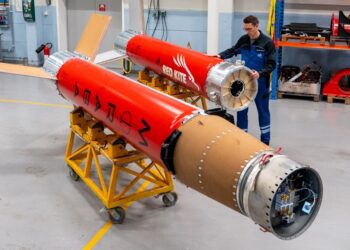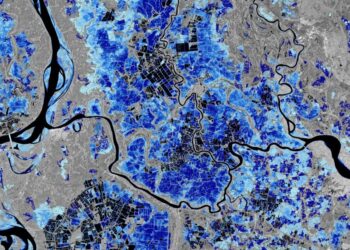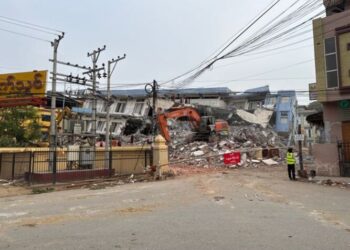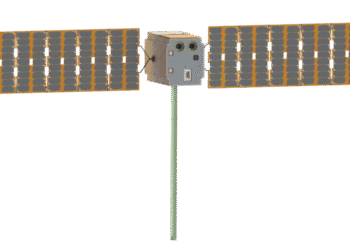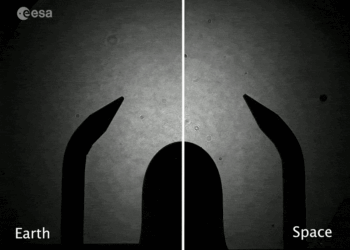NASA has initiated the second phase of its LunaRecycle Challenge, aiming to bolster sustainable solutions tailored for the Moon. This endeavor is crucial as the agency focuses on long-term exploration and habitation on the lunar surface. The challenge encourages innovators to create systems that can efficiently recycle waste during lunar missions, thereby reducing the need for resupply missions from Earth.
Participants in the challenge are tasked with designing and developing technologies capable of handling and converting various forms of waste into usable resources. This initiative is a part of NASA’s broader objective to maintain sustainable human presence on the Moon, in line with the Artemis program’s goals.
Key Objectives of the LunaRecycle Challenge
The challenge focuses on several key aspects to ensure sustainability on the Moon:
- Developing technologies that can be integrated into existing lunar mission plans.
- Ensuring the systems are lightweight and energy-efficient.
- Promoting recycling and reuse of in-situ materials.
Phase 2 brings a more targeted approach, emphasizing the practical application of the technologies proposed during Phase 1. The goal is to transition from theoretical concepts to tangible systems that can be tested and eventually deployed on the lunar surface.
NASA has invited international and domestic teams to participate, fostering a competitive yet collaborative environment. The challenge represents a significant step towards realizing a future where astronauts not only visit the Moon but thrive sustainably on its surface.
For more information on the LunaRecycle Challenge and to participate, you can visit the official NASA news release.



